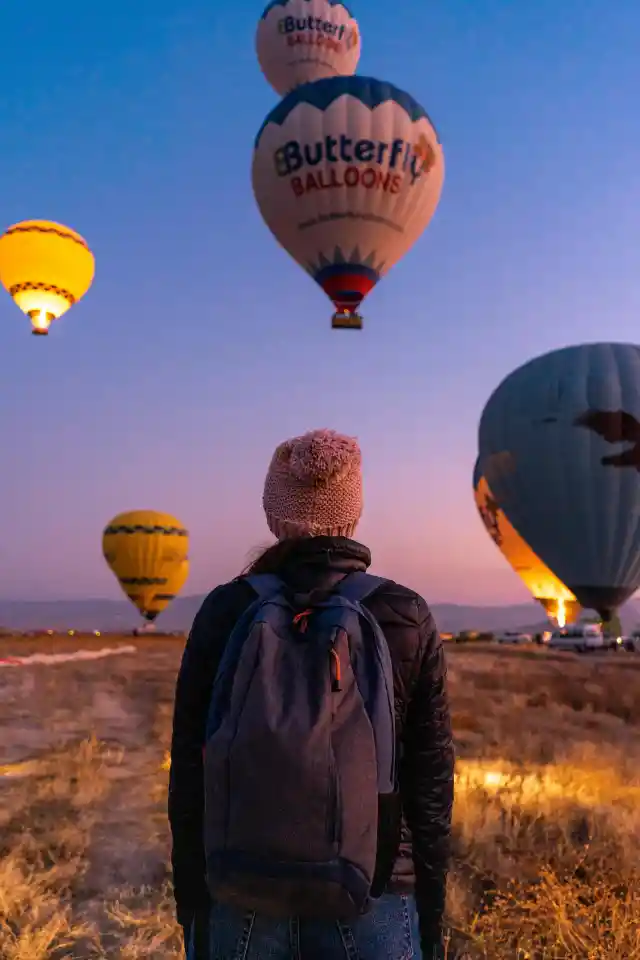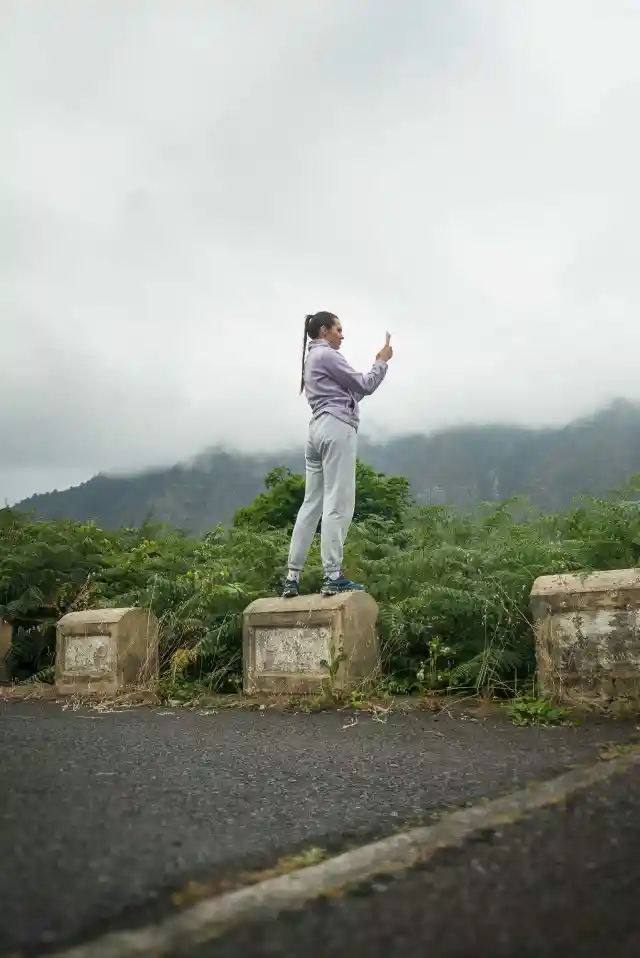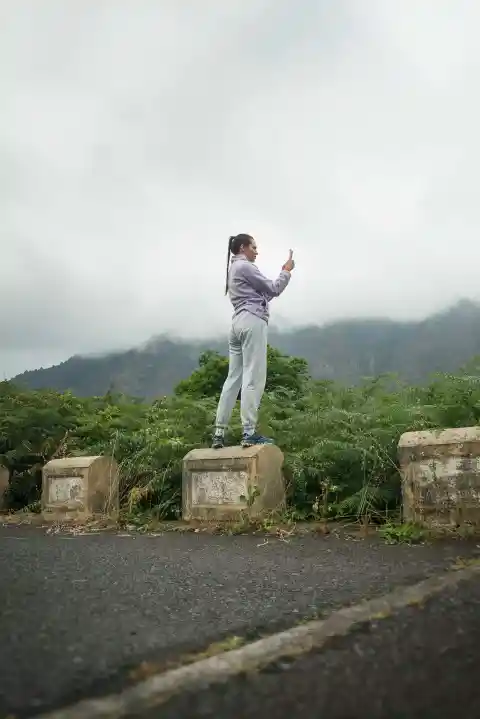Culture is such a beautiful component of society that has helped shape the world into what it is. Although beautiful, it is very complex as there are so many cultures worldwide, characterized by different beliefs, traditions, religions, and languages. These differences can make traveling to destinations with different cultural values quite scary and jittery. This should, however, not stop you from traveling, as there are ways to bridge these differences. Here are some tips that can help you bridge cultural gaps when traveling.
Do your research


Research is very important, as it helps in revealing the unknown and making it understandable. This is an important first step that will help you bridge cultural gaps when traveling. Taking the time to learn the cultural background of the destination you intend on visiting will help you become prepared for the experience. This can be done by asking locals, using the internet, and asking other people who have visited that destination prior to you. By researching, you will be exposed to the opportunity to understand the cultural norms, etiquette, and traditions of the area you intend to visit. This will help you prevent misunderstandings and become culturally aware of your surroundings.
Have an open-minded attitude


Instead of approaching this opportunity with a know-it-all attitude, be curious and willing to learn. Having a non-judgmental attitude allows you to look at things realistically and objectively. Understanding that your ways and beliefs are not the only ways to do things is very essential. Learning is an ongoing process, and acknowledging that there are different ways of achieving the same result is important. Cultural perspectives vary; therefore, you should consider yourself lucky to have the opportunity for growth through learning. Knowledge is power, and knowledge can only be imparted and assimilated when you allow yourself to learn. Immerse yourself in the experience and keep an open mind. Keep an open mind and respect other people’s cultures when exposed to cultures that are different from yours.
Observe


The power of observation to bridge cultural gaps while traveling is inevitable. There are different ways to learn things quickly, and observation is one of the top-ranked ones. Observe the interactions and actions of locals, and take a mental note to adopt these appropriate behaviors. Observing will help you understand the pre-existing, unspoken rules that may not have been accessible during your research. You need to observe the unspoken cues and adapt accordingly so that you can be culturally appropriate in your interactions.
Be respectful


Despite you not agreeing with certain cultural norms, it is important for you to stay respectful. Despite differences in dressing, acting, or even speech, you should stay respectful of people who have a different culture than you. This encourages open dialogue, making you understand their perspective more deeply. It is important to understand the background of actions before judging them. Before being hostile, consider your own personal values and treat other people with the same respect you inherently deserve. Being respectful will also help you avoid conflict and reduce misunderstandings during your travel experience.
Take part in cultural exchange opportunities


It is essential to engage in cultural exchange as a way of bridging cultural gaps when traveling. This offers the opportunity to appreciate different norms, values, and beliefs. This also helps challenge the ideas that you have about several cultures while getting accurate and first-hand information on them. This learning opportunity is very essential, as diversity becomes something to be proud of rather than something to shy away from. This also fosters personal growth, as this is a learning curve. Cultural exchange is therefore an important activity that can help bridge cultural gaps when traveling.
Avoid breaches of privacy


When taking pictures and videos, Make sure you ask for permission first. Just because you are curious and want to share your experience with the rest of the world does not mean that the locals consign to it and want to be publicized. You should remember to ask for permission first. Asking for permission shows good intent, and it will help you appropriately spread awareness about different cultures without offending other parties or causing conflict. This will help make your travel experience more enjoyable.
Be patient


Cultural differences can result in a lot of misunderstandings. This is because of the difference in norms, values, and beliefs. You need to exercise patience and avoid frustration when interacting with people of different cultures. By exercising patience, you will adapt better and more comfortably, as this helps you avoid conflicts due to avoidable misunderstandings. Patience will help you foster positive relationships built on understanding, and this will make your travel experience enjoyable in return.
Non-Verbal Communication


Non-verbal communication bridges the gap in language barriers among culturally diverse individuals. Cues such as facial expressions, body language, and gestures offer and facilitate communication when language can’t. Despite not being able to communicate your friendly intentions with language, you can smile, nod, and acknowledge the people you want to communicate with. This enhances engagement and strengthens connections since ‘actions speak louder than words’. By using nonverbal cues, inclusivity is encouraged, thus bridging the gap of cultural differences when traveling.
Learn basic phrases


When you intend on visiting a destination whose primary language is different from yours, it is important to know basic phrases. These will ensure your appreciation is shown. This also shows an effort to try to understand their norms and establish friendship. It also shows respect for the people at the destination. This effort is a very helpful step in bridging cultural gaps when traveling.